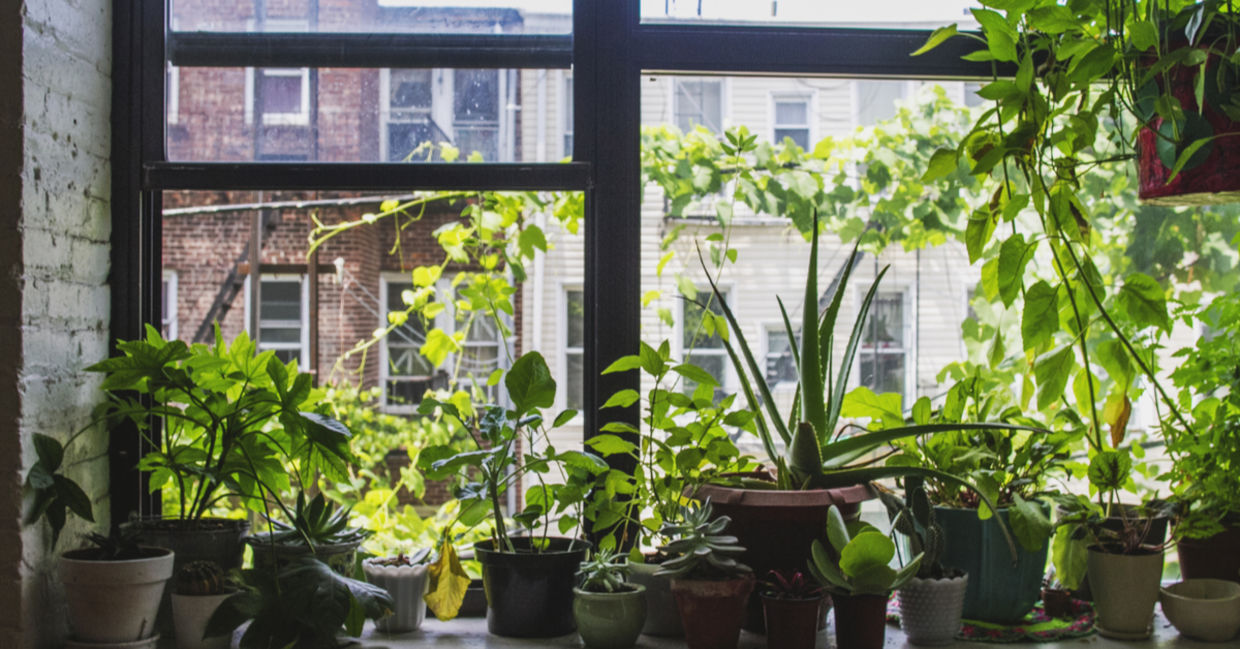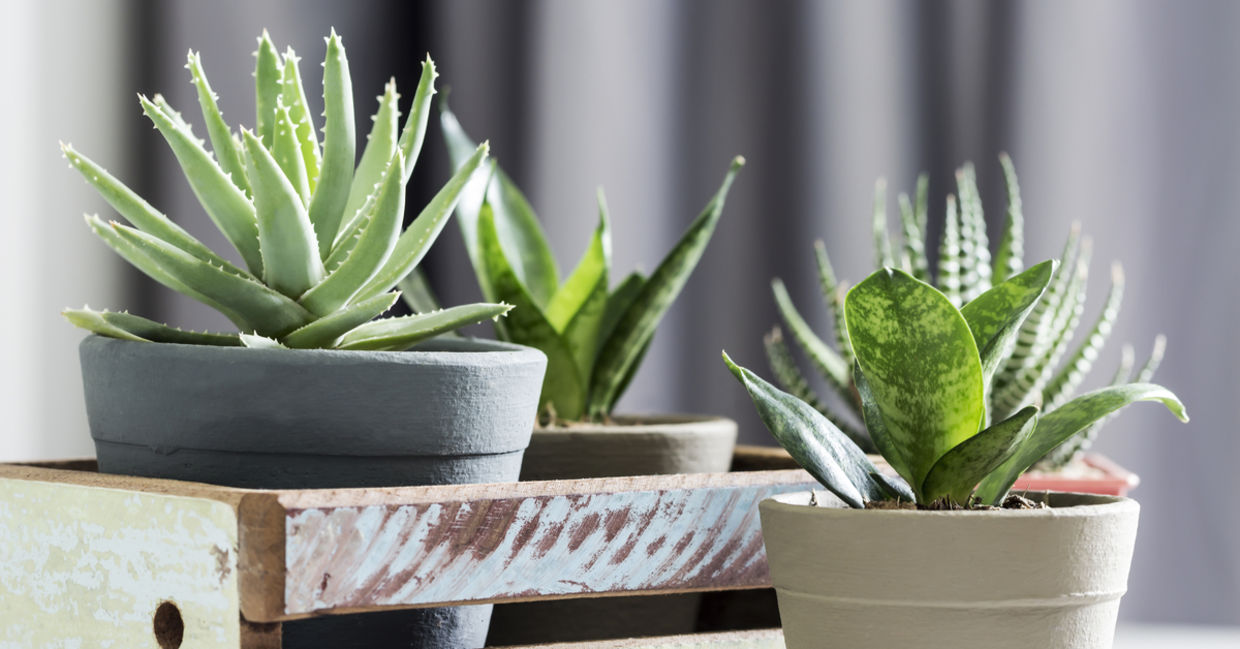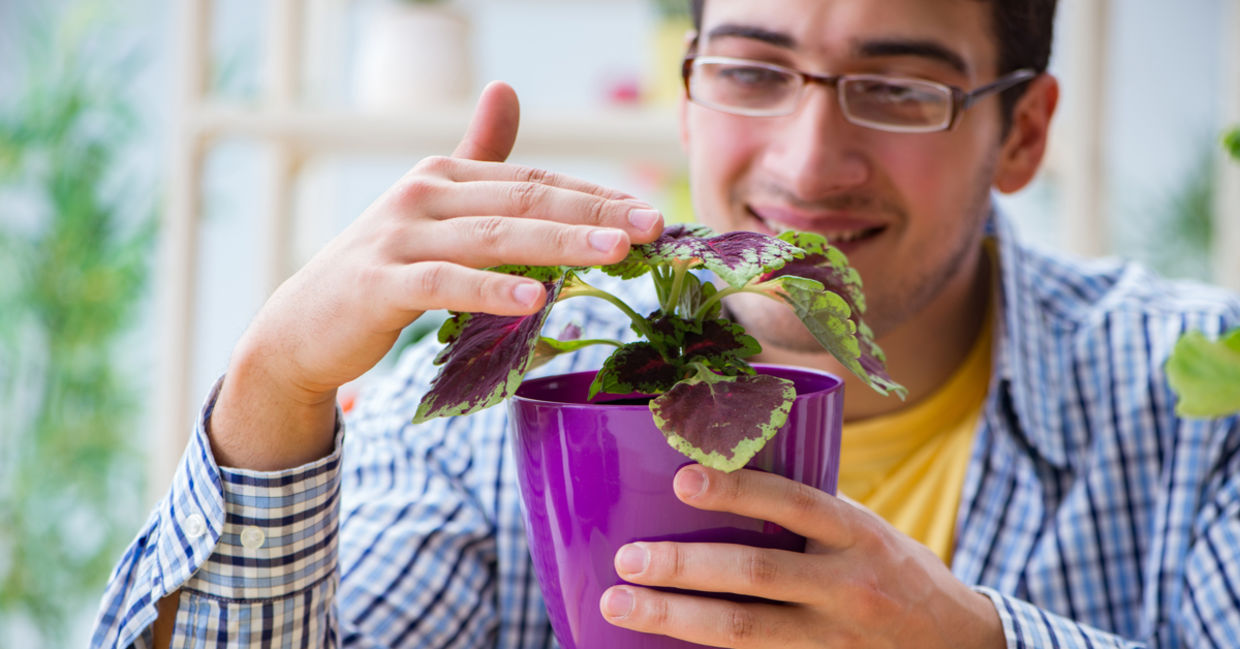
(Shannon West / Shutterstock.com)
Houseplants are in. Check out any home decorating blog, magazine, or even an IKEA catalog and every room will be filled with colorful – and healthy – plants. There are plants for homeowners, urban apartment dwellers, and even dorm rooms.
Plants can add a lot more than just color to your home. Indoor plants can purify the air you breathe, boost productivity in the office by 15 percent , and according to a study, even help you relax. But what if you have a brown thumb and can't even keep a cactus alive?
Don't worry. So even if you usually commit plasticine, take heart, and try again. Here are some easy to follow tips that will allow even the most unsuccessful plant caregivers to turn a new leaf:
Choose your plants smartly
Before you head to your local garden center, do some research to see which are the best plants for you and your living space. Do you have a lot of room? Do you have a sunny spot? How much time can you commit to the care and feeding of your new plant(s)? All of these are very important questions.
Take time into consideration. If you are really busy and not home much, don't pick a houseplant like a fern that needs to be watered every three days. Get a cactus instead.
The amount of sun your place gets will also determine what plants to get. Succulents, jade plants, and herb gardens require a lot of sun. English ivy, spider plants and philodendrons thrive in the shade.
If you are not around much or have a really bad track record with plants, try one of the most hardy, almost indestructible plants like the cast iron plant, bamboo palm, aloe vera – it's juice heals cuts and burns –, or snake plant.

(Myimagine / Shutterstock.com)
Learn how to take care of your plants
Plants are living things and just like your fur babies, need to be take care of. This means that you have to water, feed, support, and give your plant room to grow. Most plants from reputable sellers come with instructions about how to care for them.
Watering
The number one cause of houseplant death is over watering according to the BBC. You need to keep your plant moist but not too wet. Water from above and make sure there is adequate drainage for excess water to go if you get a little overzealous. If the soil crumbles, that means you are watering correctly horticulturist and author of The Indestructible Houseplant Tovah Martin told Vox, and if it clumps, you are watering too much. Also, never wait until your plant wilts to give it water.
Potting
Repot your plants from the original pots you buy them in, so they have room to grow and thrive. Make sure there are drainage holes. If the roots can be seen in the pot, its time to rehome it into something larger. You can get potting soil at any garden store or nursery.
Leaf care
Prune off dead leaves and wipe off dust and grime. “Dust creates a filter between the sunlight and the leaf tissue,” said Hilton Carter, author of Wild at Home and this keeps the leaves from absorbing sunlight.
Feeding
Many plants can grow without fertilizer, but flowering plants need to be fed liquid feed according to the BBC. Make sure you add granules of fertilizer into the pots when you rehome your plants but do not overfeed.
Pest control
Check your pants for pests the same way you make sure your fur babies are free of fleas or worms. If you see while fluff on your plants could have mealy bugs or wooly aphids. Clean them with an organic soap spray to get rid of these pests. Spider mites leave fine webbing on plants so you must cut off the affective parts and mist your plants to ward off a second attack.

(Bogdan Sonjachnyj / Shutterstock.com)
Speak plant
Become fluent in plant speak. If your plant is turning yellow, dropping leaves or wilting, it is trying to communicate with you. If your plant is bending towards the light, you need to rotate their containers and move them closer to the light source. If the soil is getting dry and your plants are wilting, then your plant is overly thirsty and must be watered. If you pay attention to your plants, you will pick up plant speak. If all else fails, don't give up! You can always try a cacti garden or an air plant.

(Elnur / Shutterstock.com)







